A house I should have photographed
For the first eight years or so that we lived out here, we drove by an old log house every time we went to Hopkinsville.
The structure was actually two two-story log houses ("pens") built side by side with one roof over all. The "dogtrot" between the two "pens" was the entrance hall. It had a wide front porch that must have been perfect for watching the sunset and the traffic on the road. The balcony on the second floor was the same size as the front porch. A massive stone chimney stood on each end of the house.
We used the log house as a distinctive landmark when we gave directions to our house. We talked about how interesting it was to have such a unique, historic building in the neighborhood. We even met the family who lived in it.
I don't know why I never took a picture of that exceptionally fine old house, but I didn't.
One day, as I drove home from town, I was shocked to see that house going up in flames. The volunteer fire department had arrived, but they were unable to keep it from burning down. The next day, little remained but smouldering ashes, scorched trees, and the chimneys.
A few months later, the family bought a modular home and put it on the site where the old log house had stood. I still drive by their place every time I go to town, and I often think of the big old log house that once stood there.
The house is still listed as the "McClellan House" in the National Register of Historic Places for Kentucky. I guess they don't realize that it no longer exists. The construction date is estimated as 1800-1824. It would have been one of the first homes in this part of the county.
In the library, I found a book with photographs of all the Christian County sites that are listed in the National Register of Historic Places. It has two photos of the old log house, so I photocopied that page and brought it home.
It's not the same as having a photograph that I took myself, though.
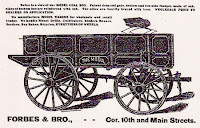




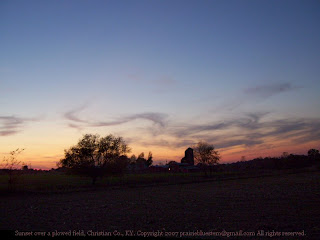






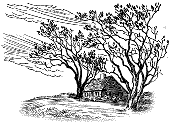 It's nearly midnight, and the wind has finally died down. The windchimes have stopped clattering, and the electricity has quit flickering.
It's nearly midnight, and the wind has finally died down. The windchimes have stopped clattering, and the electricity has quit flickering.
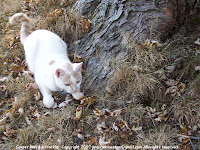







 I suppose you've heard the
I suppose you've heard the 




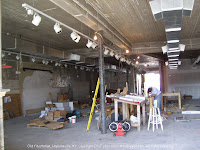

 Sometimes when I'm at the Y, walking on the treadmill or riding the exercise bike, I look at the other people in the room and wonder why we're all there.
Sometimes when I'm at the Y, walking on the treadmill or riding the exercise bike, I look at the other people in the room and wonder why we're all there.
